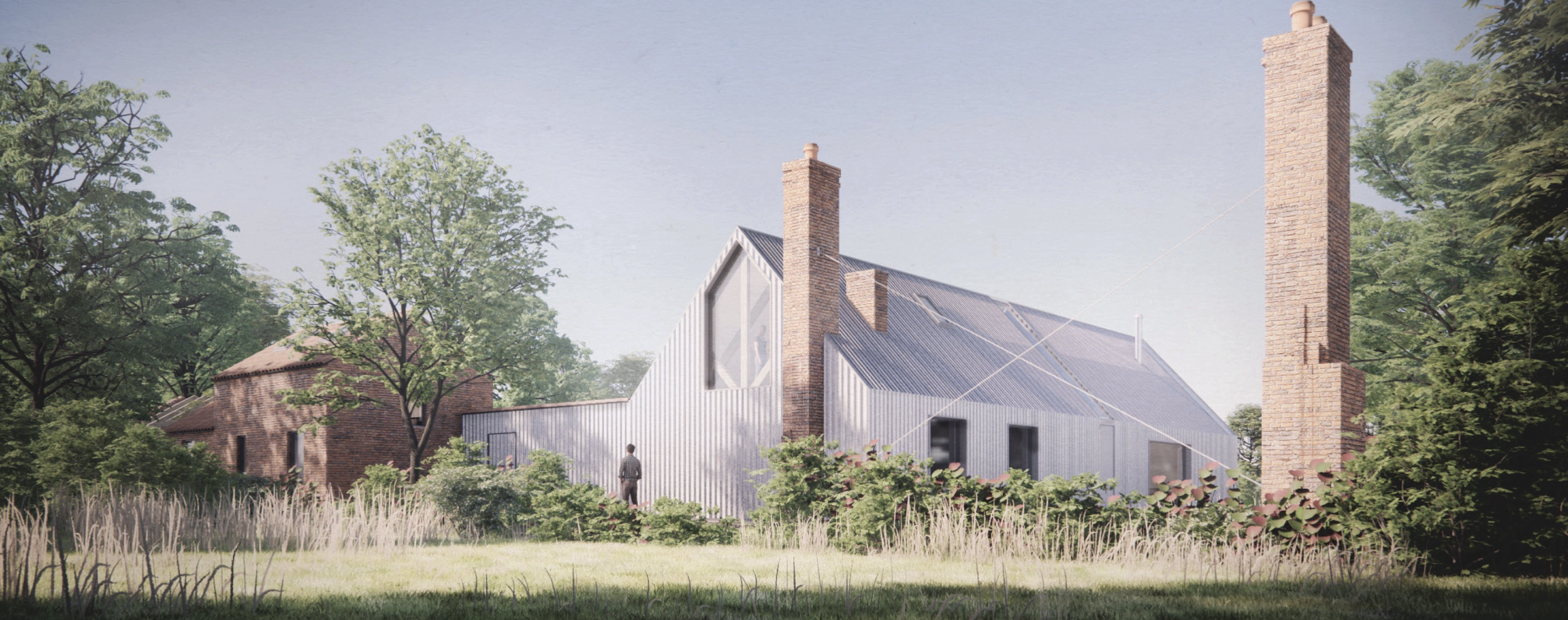DOMstudies: V&A East Storehouse
Inaugurated in late May, the newly opened V&A East Storehouse marks the first outpost of the Victoria & Albert Museum beyond its South Kensington roots. Housed within the former 2012 Olympic Broadcast Centre, the building joins Sadler’s Wells East, BBC Music Studios, and UCL East in transforming Stratford. The stunning adaptive reuse project imagined by Diller Scofidio + Renfro in collaboration with Austin‑Smith: Lord captures the inner workings of art, racks, labs, studios, and visitors, all within one vivid sequence.
DOMstay was lucky enough to get an early look inside, and what we found felt both monumental and intimate; a layered archive of objects, people, and stories, humming with creative energy. The building can only be described as raw and robust with poured concrete columns, industrial steel mesh, and exposed walkways. And yet, as brutalist as that sounds, it feels more like a curatorial choreography. Objects are placed not to be revered, but to be encountered and observed in an intimate environment. Over 250,000 pieces from the V&A’s vast collection are housed here, many displayed openly: towering racks of fashion, sculpture, ceramics, theatre design, and photography visible from every angle.
Among them, fragments from Robin Hood Gardens, Elton John's sequinned stage costumes, and Picasso’s towering stage curtain, all contextualised not just as exhibits, but as part of living, breathing histories. Notably, a highlight is the celebrated Kauffman Office designed by Frank Lloyd Wright, a striking example of architectural ingenuity that adds another layer of creative heritage to the collection.
What sets the Storehouse apart is its refusal to separate front-of-house and back-of-house. Conservation labs are placed in view, and curators pass through open walkways above the collection floors. Visitors are invited to request specific items from the archive and examine them up close, which is a novel interaction more akin to a library than a gallery, presenting not only the object of an exhibition but also the process.
From its earliest stages, a main focus has been the contextual integration of the project. The V&A East Youth Collective helped shape the look, feel, and programming of the space, ensuring this is not a building placed in the space, but informed by it. Additionally, that ethos continues in the vibrant programme of events, workshops, and collaborative projects, which all involve the vibrant community of East London.
Next year, just across the park, the V&A East Museum, designed by O'Donnell + Tuomey, will open its doors, bringing gallery exhibitions and large-scale shows to the East Bank cultural district. But for now, the Storehouse is the soul of this project: not a monument to history, but a display for how we “store”, archive, question, and use our cultural past.
If the Barbican showed us how architecture could imagine new ways of living, the V&A East Storehouse reminds us that architecture can also redefine how we remember. Its design not only displays history but also embodies it. By peeling back the layers of secrecy traditionally surrounding archives, it invites visitors to witness the intimate craftsmanship behind cultural preservation.
Be sure to visit the V&A East during your next stay at the Warehouse, a perfect complement to your experience of East London’s cultural renaissance.
Photography by Voytek Ketz

















